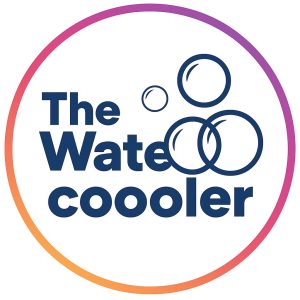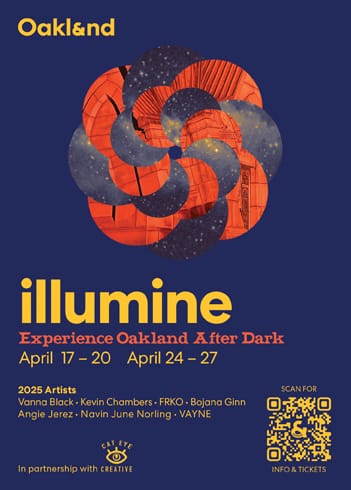By Robert Whittington Titus
In the fall of 2012, voters may choose to make more than $7 billion available for investments in the Atlanta region’s transportation infrastructure. It is entirely possible that not one dime of that revenue will be expended in southeast Atlanta.
At the time this was written, three Transportation Investment Act (TIA) projects that might impact southeast Atlanta remained on the list of potential projects that might be funded through TIA process. These are the southeast Atlanta Beltline segment, the MARTA East I-20 Transit Initiative, and the Moreland Avenue. Bus Rapid Transit line. The process remains very fluid with major elements like routing, station locations, and transit types (heavy rail, light rail/street car, dedicated BRT, and BRT light) still up in the air.
On August 11, the Atlanta Regional (Transportation) Roundtable Executive Committee will be submitting its formal recommendations to the remaining members of the full body to review for approval. There is a distinct possibility that none of the projects impacting southeast Atlanta will be on this list.
What is the TIA process? It is the process outlined in Georgia House Bill 277, which will lead to a statewide referendum vote in 2012. The state has been divided into regions; projects have been proposed by various entities like Atlanta and MARTA, Regional Roundtables have been formed to consider these projects, and southeast Atlanta lies within the geographical boundaries of the Atlanta Regional Roundtable.
But what is really important about the TIA situation is that the funding would exist independent of any federal funding processes, which can take years to reach just a preliminary approval status and then given the vagaries of the federal legislative process (witness the current debt limit debate), may never happen. However, both the Atlanta Beltline and the MARTA East I-20 Transit Initiative are proceeding with the planning steps required to attempt to access Federal Transportation Administration (FTA) funding.
The Regional Roundtables are to finalize the decision-making process this fall, creating the formal list of proposed projects that will go to the voters in a state-wide referendum in 2012. Voters in each region can elect to create a one-cent local option sales tax, the proceeds of which will be used to actually build those selected projects within ten years.
How much money is at stake here? Official estimates are that at least $7 billion dollars may be collected in the Atlanta region for these purposes. However, the estimated dollar value of the projects currently proposed for the Atlanta region are approximately twice that amount, or $14 billion dollars. So, what does that mean? It means that some projects have been, and will be, reduced in scope; some project elements may be modified, and some projects will be eliminated from consideration.
Where are we with the southeast Atlanta TIA projects at this point?
The southeast Atlanta Beltline segment: Total proposed cost: $325-450 million
The least expensive, and perhaps most cost effective, of three possible Beltline options, it would run between Glenwood Park and the MARTA Midtown rail station, directly serving a relatively small portion of southeast Atlanta (Grant Park, Glenwood Park, North Ormewood Park, Reynoldstown, Cabbagetown). Like the northeast Beltline segment, a portion of the route does not have an approved land use plan, which may negatively impact consideration of the project, particularly as the Atlanta Regional Commission (ARC) is in the process of requiring formal linkages between transportation and land use plans. It’s been speculated that the southwest Beltline segment, with an approved land use plan and linkages to Coca-Cola headquarters, Georgia Tech, downtown, and possibly the proposed Atlanta Falcons stadium, is the preferred Beltline alternative at this time.
The MARTA East I-20 Transit Initiative: Total proposed cost: $1.2 billion
Proposed to run along I-20 from Downtown through Glenwood Park, Moreland Avenue and East Atlanta Village (EAV) to Stonecrest Mall, this is an update of a five-to-six-year-old plan for which MARTA never sought federal funding. According to a document entitled Staff Developed Transportation Investment Act (TIA) project list July 7, 2011, the recommended level of funding for this has been reduced to $100 million and is “contingent on other transit decisions” (page 13).
A reduction in funding of this scope of a 90% reduction indicates that any Downtown/SE Atlanta/South DeKalb transit effort will be severely limited in scope without some sort of other meaningful project modification or funding linkage. It may be possible that a limited Bus Rapid Transit (BRT) alternative could provide service from Downtown to Wesley Chapel, where a recently conceived heavy rail line running from MARTA’s Indian Creek rail station down I-285 to Wesley Chapel at I-20 East remains fully funded ($522 million), as does the Clifton Corridor Transit ($1 billion) at this time.
But even if that occurs, it’s clear that southeast Atlanta is not benefiting from the process as much as other like areas in this specific situation.
The Moreland Avenue Bus Rapid Transit (BRT) line: Total proposed cost: $36 million
Running between the Inman Park/Reynoldstown MARTA rail station to points south, perhaps as far as I-285, this would provide both high speed bus services as well as associated improvements along the Moreland Avenue. corridor, including elements of the South Moreland Livable Community Initiative (LCI) plan. One of the least expensive transit options on the City’s list, it may survive the winnowing out process, which is still under way. And if the MARTA East I-20 Transit Initiative works towards a BRT alternative within the perimeter, then it’s conceivable that some sort of BRT node might be created along the Moreland/EAV/Moreland/Glenwood Park and I-20 nexus.
Given the situations briefly described above, the 60,000-70,000 residents of southeast Atlanta may benefit to some degree from the billions of dollars that might be generated through the TIA process. But it is clear that the promise held by the Atlanta Beltline and the MARTA East I-20 Transit projects are severely compromised. There are no guarantees at this point that any of these will survive the further deliberations and decision making processes currently in play.
It is also clear that those working and living within other areas of the region may see a much greater beneficial impact from this process, unless meaningful engagement and productive dialogue between those serving directly on the Atlanta Regional Roundtable and southeast Atlanta community members, our elected leaders, and other stakeholders in the area become much more vibrant and visible.
This is a link to the schedule of Atlanta Regional Roundtable meetings: http://www.atlantaregionalroundtable.com/meetings.html
Please make an effort to attend and participate in these sessions, if you can, and communicate with your elected leaders.
Both the East Atlanta Community Association (EACA) and the Grant Park Neighborhood Association (GPNA) have active transportation committees, and they join the Neighborhood Planning Unit (NPU-W) and South Atlantans for Neighborhood Development (SAND) transportation committee meeting on the fourth Wednesday of each month at 6:30pm at the Martha Brown United Methodist Church at Moreland and Metropolitan Avenues.







Be First to Comment